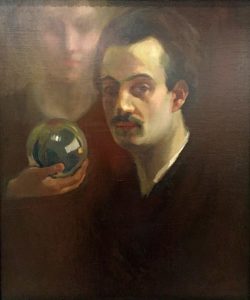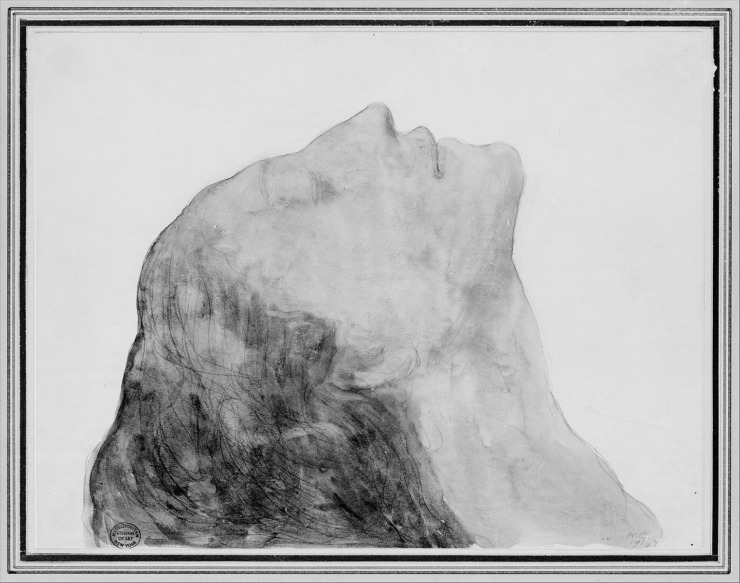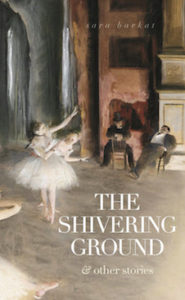< Return to Kahlil Gibran Poems
War
One night a feast was held in the palace, and there came a man and prostrated himself before the prince, and all the feasters looked upon him; and they saw that one of his eyes was out and that the empty socket bled. And the prince inquired of him, “What has befallen you?” And the man replied, “O prince, I am by profession a thief, and this night, because there was no moon, I went to rob the money-changer’s shop, and as I climbed in through the window I made a mistake and entered the weaver’s shop, and in the dark I ran into the weaver’s loom and my eye was plucked out. And now, O prince, I ask for justice upon the weaver.”
Then the prince sent for the weaver and he came, and it was decreed that one of his eyes should be plucked out.
“O prince,” said the weaver, “the decree is just. It is right that one of my eyes be taken. And yet, alas! both are necessary to me in order that I may see the two sides of the cloth that I weave. But I have a neighbour, a cobbler, who has also two eyes, and in his trade both eyes are not necessary.”
Then the prince sent for the cobbler. And he came. And they took out one of the cobbler’s two eyes.
And justice was satisfied.
—Kahlil Gibran
About Kahlil Gibran
Khalil Gibran (جبران خليل جبران) was a writer, visual artist, and poet with a prolific collection of work. He was born in 1883 in a village in the Mount Lebanon Mutasarrifate and in 1893 moved with his family to the United States where he enrolled in school in Boston, then went back home when he was fifteen to enroll in the Collège de la Sagesse. In 1902 he came back to Boston, and two years later his artwork was displayed for the first time. In 1905 he published his first book, and after that studied art in Paris for three years. Gibran wrote books in both Arabic and English, including poems, plays, fables, short stories, and political essays.
His cousin, Kahlil G. Gibran, a sculptor, described his work in this way. “Ignoring much of the traditional vocabulary and form of classical Arabic, he began to develop a style which reflected the ordinary language he had heard as a child in Besharri and to which he was still exposed in the South End [of Boston]. This use of the colloquial was more a product of his isolation than of a specific intent, but it appealed to thousands of Arab immigrants.” (Robin Waterfield, 1998) He was inspired by the King James Bible, the works of William Blake, whose drawings were in Gibran’s opinion “so far the profoundest things done in English.” (Joseph Ghougassian, 1973) Other inspirations included Francis Marrash (فرنسيس بن فتح الله بن نصر الله مرّاش), Walt Whitman, and Friedrich Nietzsche.

“Self Portrait and Muse” by Khalil Gibran
With visual art Gibran worked in oils, pencil, ink, watercolor, and gouache, and created more than seven hundred pieces of visual art. His work is featured in a number of museums, and his work The Prophet has been translated into more than 100 languages and has never been out of print, becoming popular in the American counterculture and New Age movement. The book was admired by Elvis Presley, John Lennon, Johnny Cash, David Bowie, Gilad Hochman (גילעד הוכמן) and Dana Al Fardan. Gibran has museums, memorials, schools, a garden, and a crater on Mercury named after him.
I hope you enjoyed War by Kahlil Gibran! If you liked War by Kahlil Gibran, you might enjoy more poems by him below.
< Return to Khalil Gibran Poems
“Stunning…from start to finish. Barkat is a fierce new voice.”

